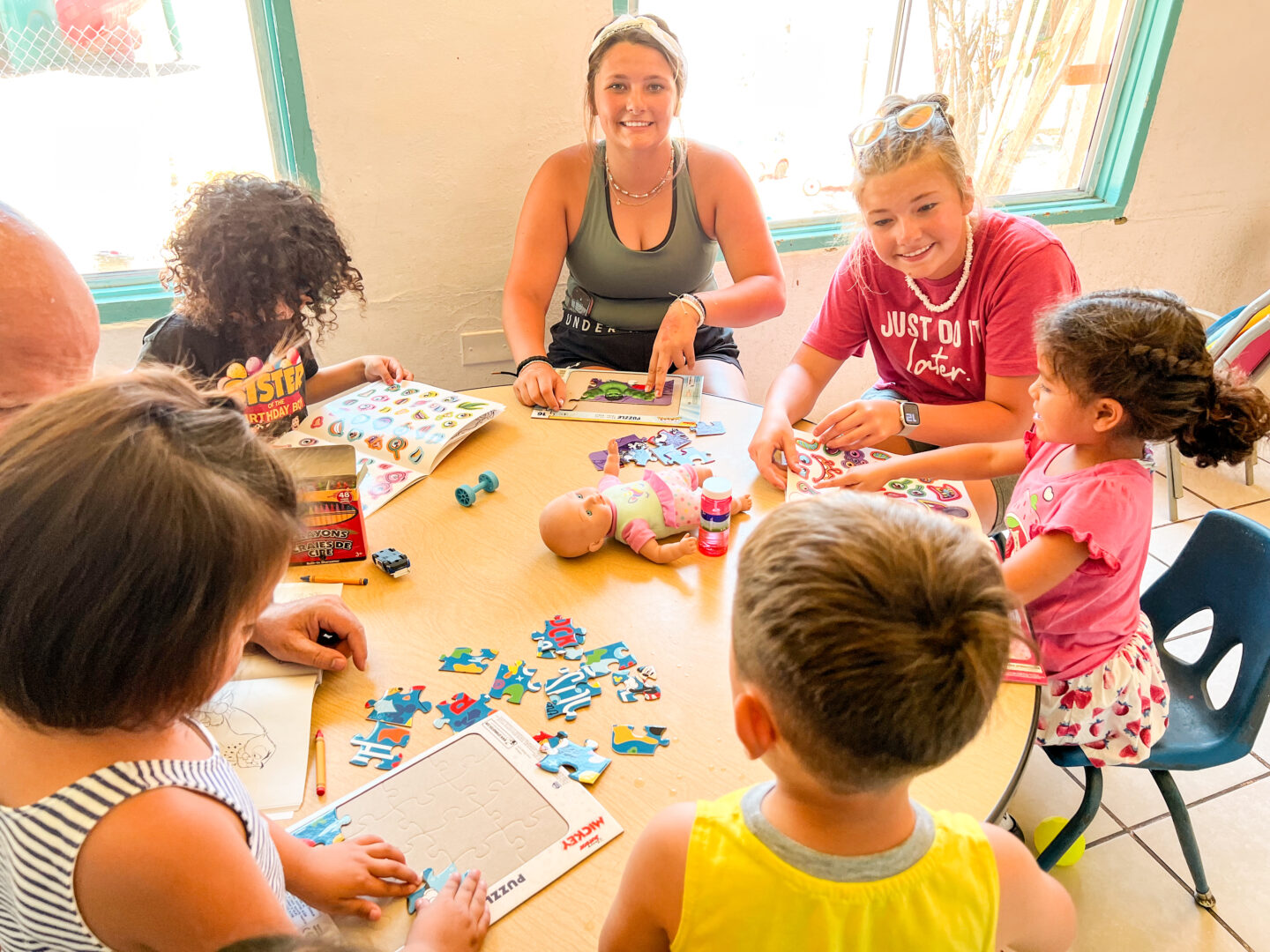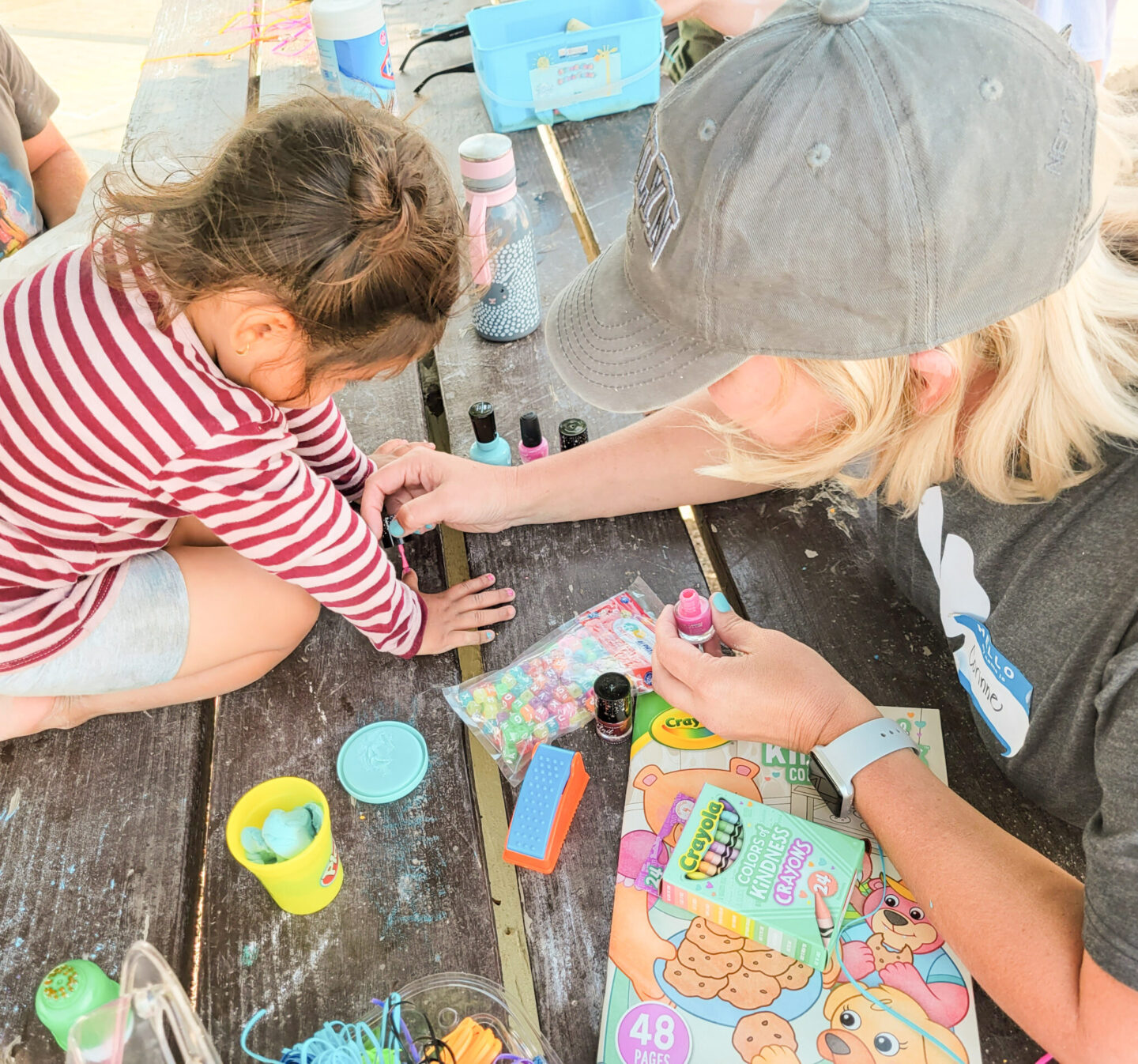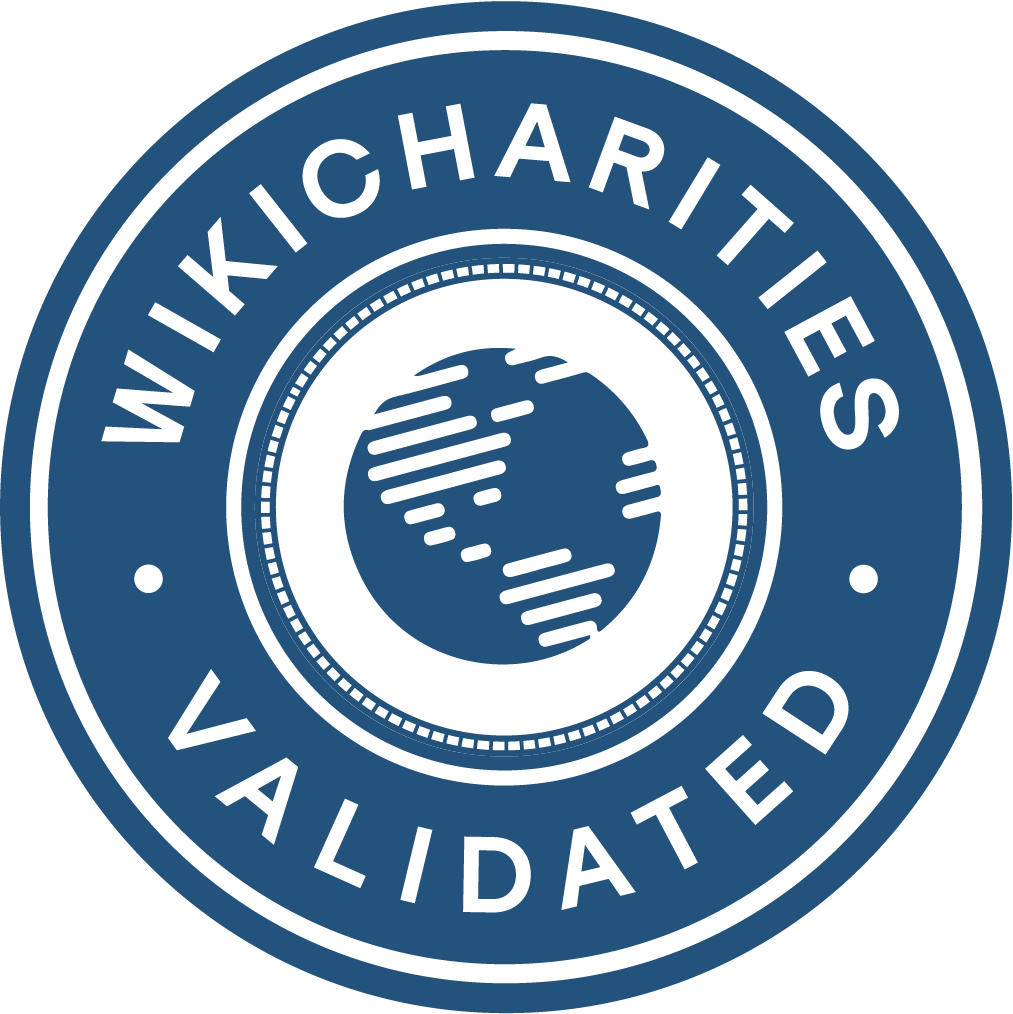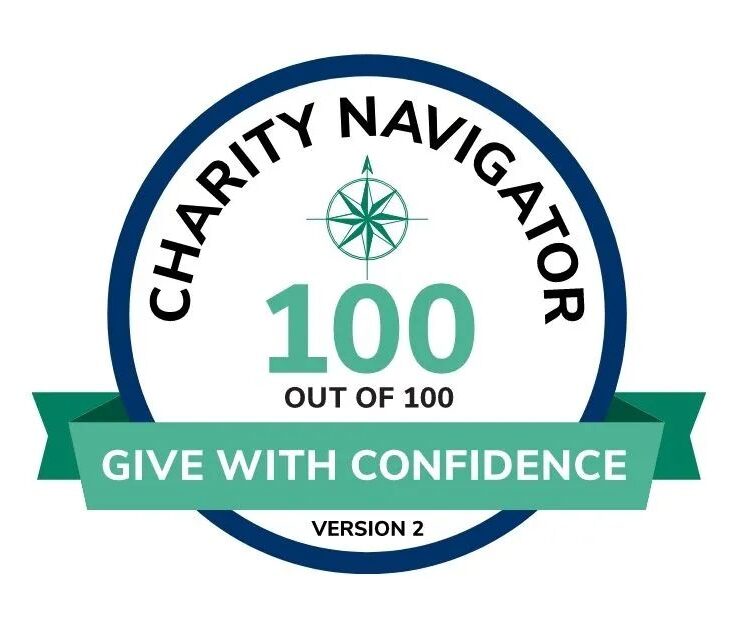
Have you ever seen a person begging and thought, “I want to help, but I don’t know about this…I just want to know the money is going to be used right and will actually make a difference.”
It’s understandable. I mean, how many times have you heard about scams or other corruption taking advantage of good-hearted people? We know there are good programs out there; sometimes it’s just hard to know which are which.
The terrible thing is that this hesitation, or lack of trust, is keeping people who are capable of giving help from actually giving it! The lack of trust between donors and those asking for help is a major problem!
Want to know what A Child’s Hope is doing to make trust easy?
What is the Thrive Assessment?
The Thrive Assessment is a tool that we use to assess an orphanage’s ability to meet the needs of its children. It serves three main purposes. The Thrive Assessment is used to build trust with donors, guide orphanage directors, and ultimately help to provide orphans with a better life. It measures what the UN calls, “The Codified Rights of the Child,” and going through this assessment is the first step on the road to certification. These rights are broken down into the following categories. The right to:
- Live with a family
- A stable, loving & nurturing environment
- Healthcare & nutrition
- Quality education
- Equal opportunities
- Clean water & electrical power
- Guidance from a caring adult
- Be prepared for active citizenship
- Participate in decisions that affect them
- Spiritual development
- Live in dignity & freedom
- Be protected from abuse & neglect
(We also assess the orphanage leadership on their Finances and Governance practices.)
How the Thrive Assessment Works
One of our partner organizations, Miracle Foundation (who helps orphans in India), developed the Thrive Assessment. They gave us permission to modify it for use in Mexico. We use between five and eighteen questions for each of the above categories to determine how well orphanages are meeting standards. Each of those questions are scored a 1, 2, 3, or a 4. These ratings are weighted differently depending on their basic level of necessity and all contribute to the overall score for each of the Codified Rights. The calculations get a little complex and might be summed up in an entirely different blog post, but after the statisticians work their magic, each category falls into one of three categories:
- Surviving
- Sustaining
- Thriving
The goal is to get orphanages to the level of Thriving in each category! Hint: Lifting orphans from surviving to thriving is our mission!!!
The Thrive Assessment is the first step in the certification process. This is a big deal because once the orphanage has been assessed, we can prioritize a plan to improve! This plan is called the Improvement Roadmap (IR), and it is built with orphanage leadership to prioritize initiatives. Passing specific benchmarks within the Thrive Assessment is what qualifies orphanages to reach the level of Certified. Getting certified is what marks orphanages as trustworthy and is what will really open up the door for them to receive ongoing funding from donors. This is where the magic happens, as trust is built between helping hands and orphanages because orphanage leadership is able to report on the actual impact happening at the level of individual children.
Okay, so orphanages get certified and start getting the funds they need, but how do we know they will stay on track? Great question! Orphanages are re-assessed using the Thrive Assessment every 6 months, and then a new OIR is built. This ensures that children’s holistic needs are being met and that donors’ trust is maintained. If orphanages aren’t performing on their Thrive Assessment, they risk losing their certification. For example, if an orphanage does not continue to meet our finance reporting standards, it cannot continue to receive funding until it again meets them.
The Thrive as a Guide
The Thrive Assessment guides orphanage directors when it comes to meeting the needs of their children. Orphanage directors are busy! Think 80 kids to look after! Bills to pay, doctors appointments, keeping up grades, looking after staff, coordinating repairs and other upkeep. You can imagine things get a little hectic at times. This is where a frequent re-examination using the Thrive Assessment helps. It serves as a guide for orphanage directors and helps them keep up on every one of the Codified Rights. It’s not that our orphanage directors aren’t skilled. That couldn’t be further from the truth! Take Erendira, one of our Baja Certification Coordinators, for example.


Erendira is a clinical psychologist by training and she has worked in the past as an orphanage director for nearly a decade. She is a fierce advocate for children, a source of wisdom to other orphanage directors, and is wonderfully skilled in maintaining relationships. We are incredibly fortunate to have Erendira as part of our team! It’s Erendira’s role to develop meaningful relationships with orphanage directors and support them in fulfilling their plans. She uses the Thrive Assessment as a focus tool for providing guidance.
The Thrive Assessment is Making the Difference
The Thrive Assessment is a tool of empowerment. It’s a tool that helps our donors be confident that their money goes towards making real improvements. It is what builds the bridge between donors and orphanage directors, allowing their children to get the resources they need, and is foundational in lifting orphans from surviving to thriving.

